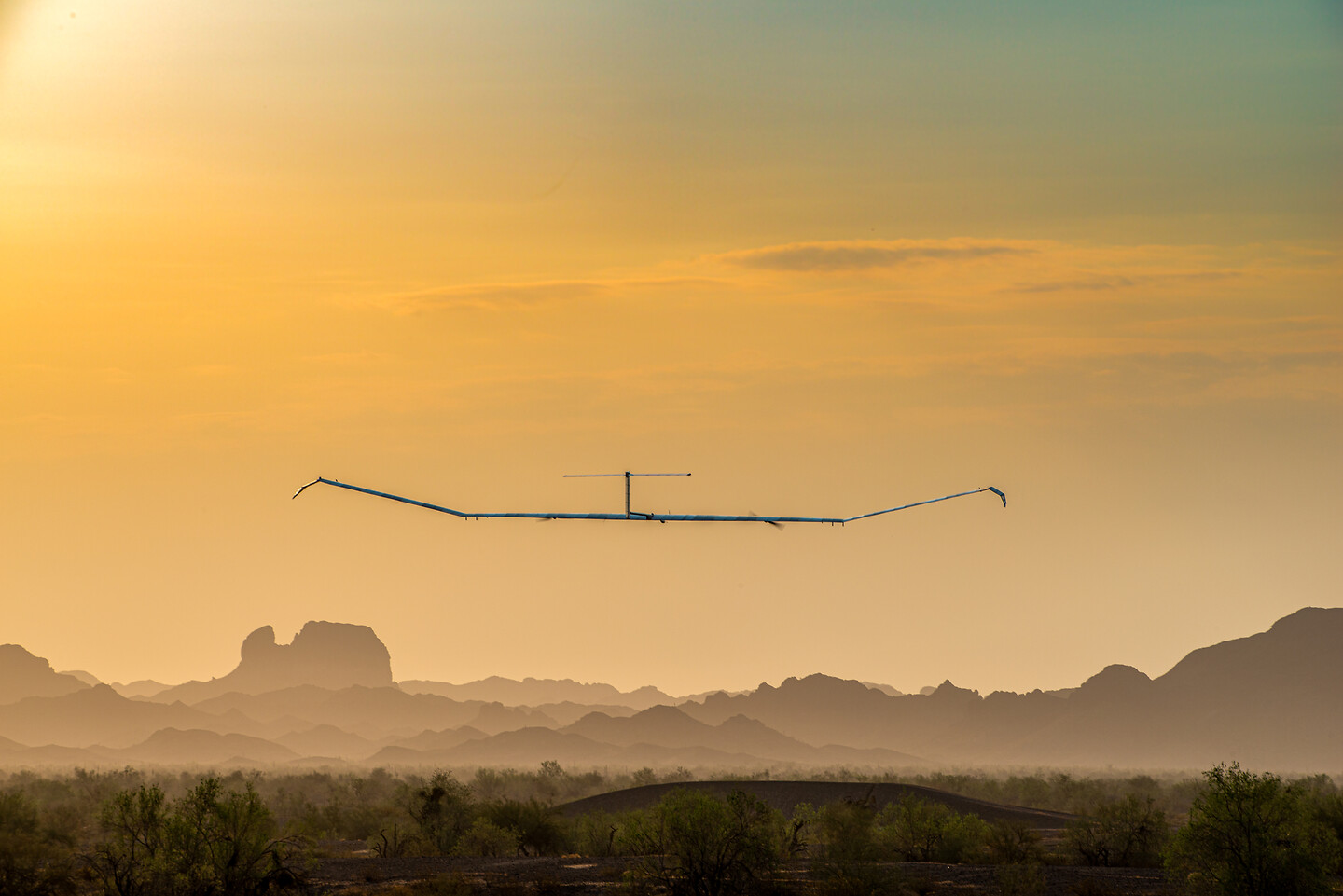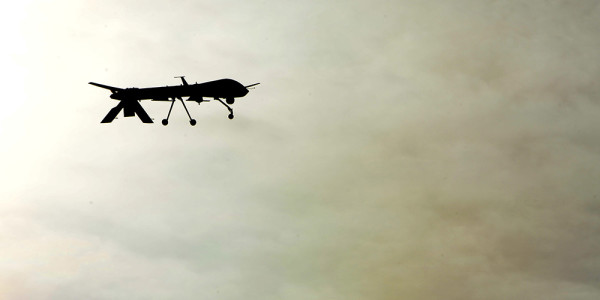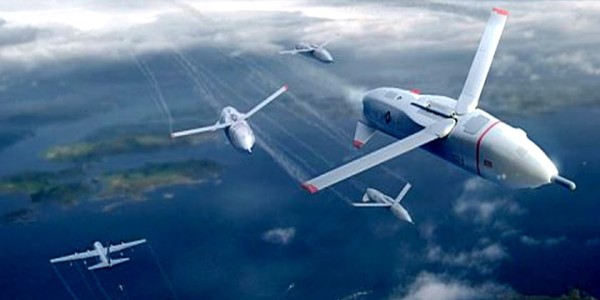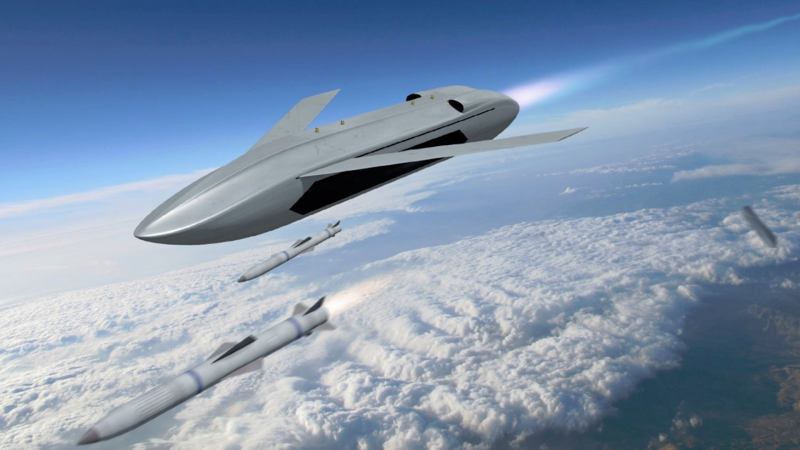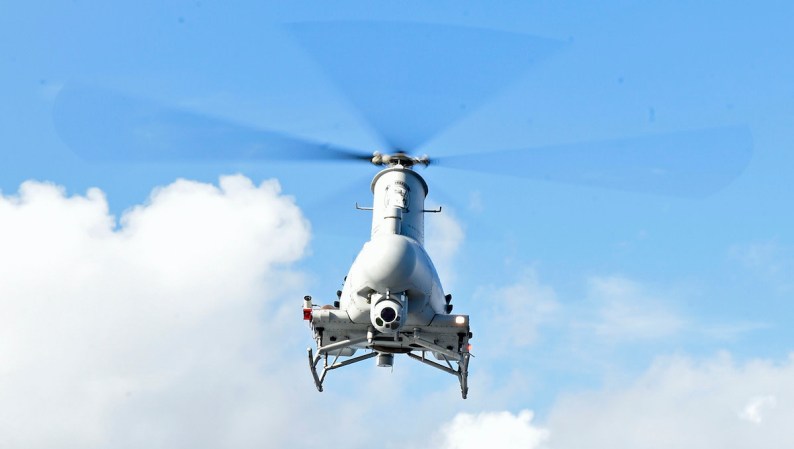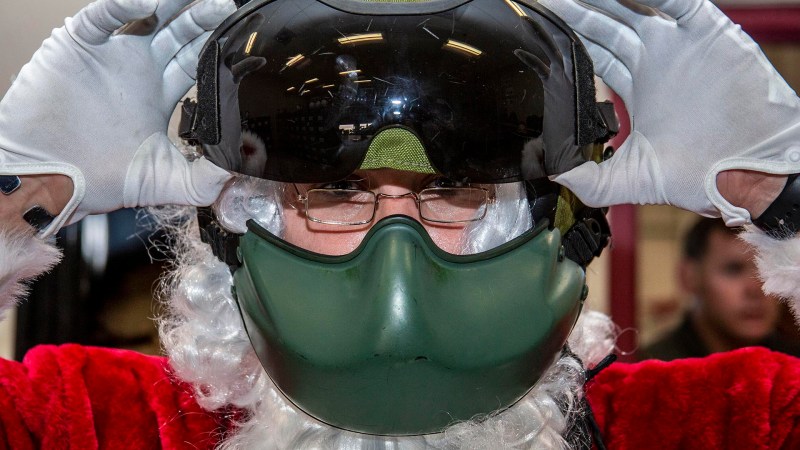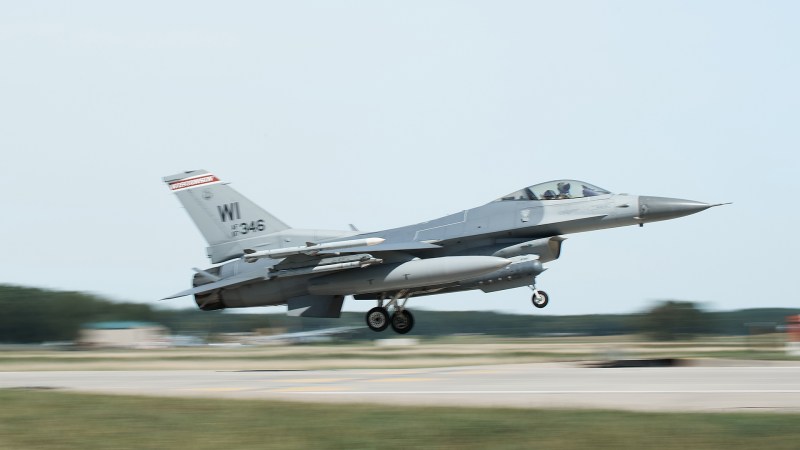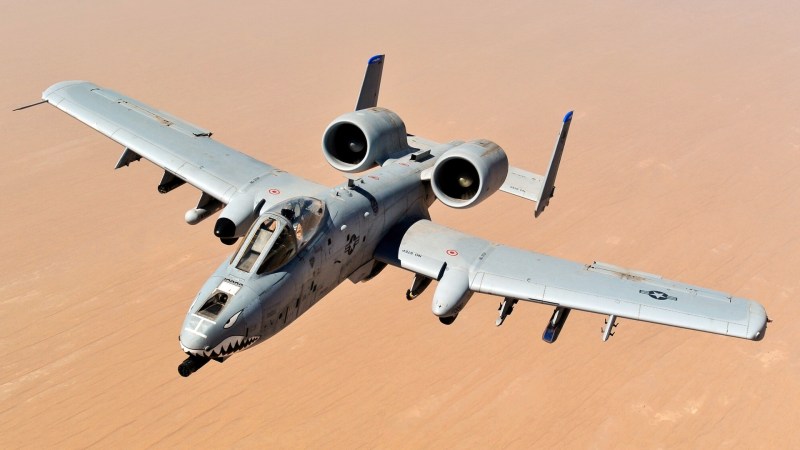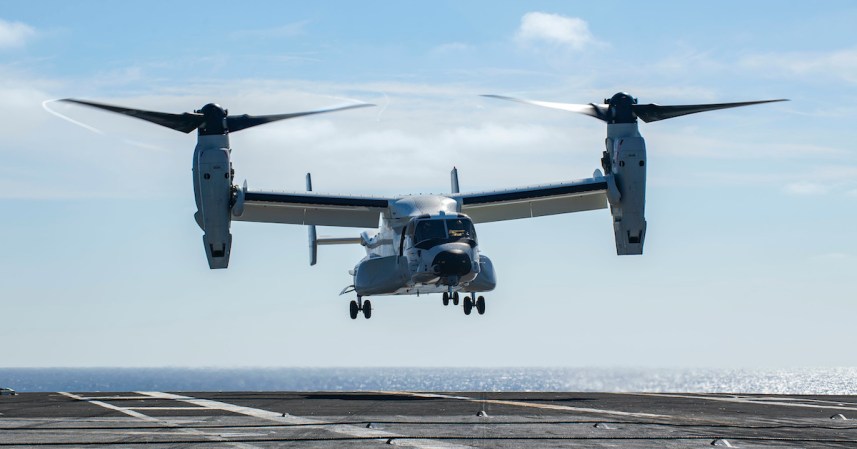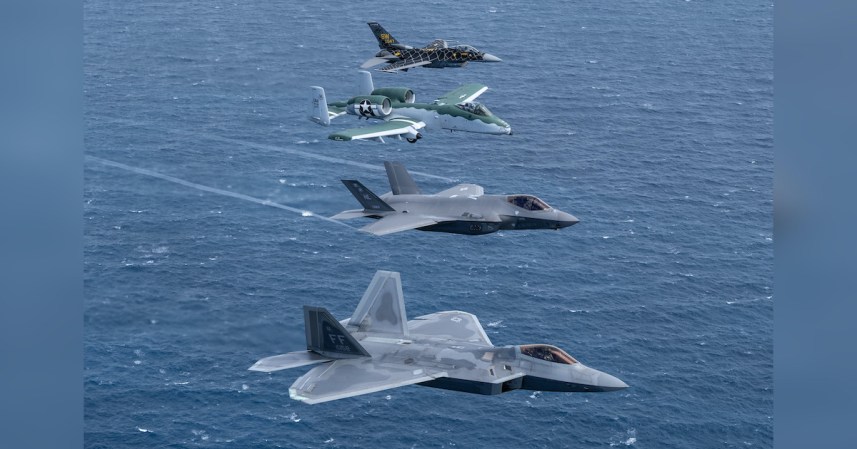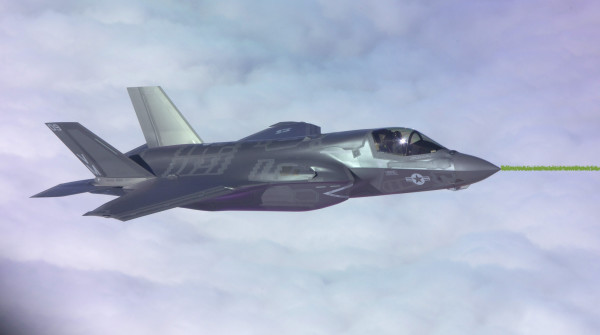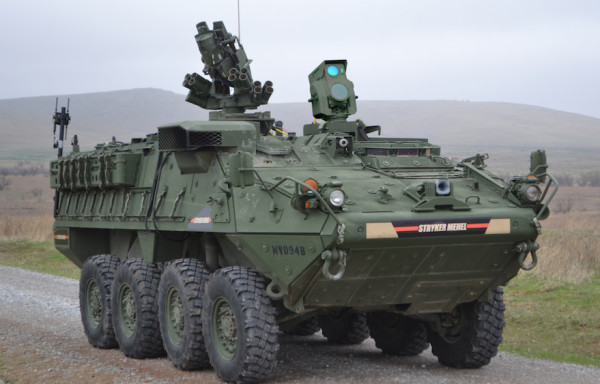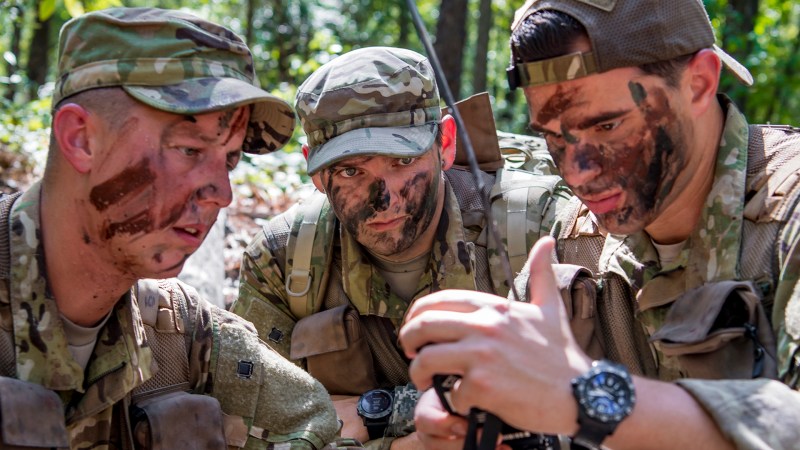By all accounts the Zephyr should be dead. There’s no reason the drone should still be flying above the American Southwest after more than a month in the skies. But the Zephyr doesn’t seem ready to die. It’s now been in the air for 47 days. And there’s no indication that the Army intends to bring it down yet.
The Airbus Zephyr S is a high-altitude uncrewed aerial drone, currently undergoing tests in the stratosphere over the Yuma Proving Ground in Arizona. Every hour it sets a new record for the longest uncrewed flight. The Army’s Assured Positioning, Navigation and Timing/Space Cross-Functional Team–the experimentation wing of Army Futures Command–is currently flying the drone in a study on its power system, overall endurance and its capabilities in the stratosphere. The uncrewed flying system is big, at 82 feet in wingspan, but meant to be ultralight, with very little mass to its skeletal frame. It’s powered by a rechargeable battery, which is solar powered, creating a kind of reverse Icarus situation where the more sunlight it gets the more juice the batteries have.
The longer they charge, the harder they fall it seems.
The Zephyr is currently in the air–again, far longer than expected and with no signs of coming down–in its first flight of the year. The current record setting flight has nearly doubled its 2018 record test flight where it stayed in the air for 25 days and 23 hours. The Army’s APNT/Space CFT most recent statement on the tests was on July 21, when the drone had already set a new record.
“We have seen incredible progress in high-altitude platforms in recent years,” Michael Monteleone, Director of the APNT/Space CFT said in that statement at the time. “This experimentation allows us to build on that knowledge by demonstrating multiple payload types, fully exploring the military utility of stratospheric operations, and modernizing areas of deep sensing, long-range targeting and resilient communications.”
While it’s been in the skies, it’s had some interesting flight patterns. The current, extremely long flight is full of first, including flying outside of the Yuma Proving Ground space and international territory, soaring over the Gulf of Mexico and the Caribbean, even making it all of the way to Belize. The War Zone reported on its aerial routes, noting it’s making some interesting patterns in the sky. The drone’s operators are drawing mathematical symbols and even spelling out letters with its flight paths.
If the Zephyr ever does come down from the sky–by its controllers or from just dropping to the ground when the power runs out–the APNT/Space CFT has another test flight for it. It will be redeployed to fly over the Pacific Ocean and carry a prototype of a new weapons payload system. When exactly that will be is unclear, since the Zephyr just keeps flying instead of dropping out of the sky.
The latest on Task & Purpose
- Air Force colonel goes scorched earth on fellow officers in fiery resignation letter
- ‘I need a cleanup crew’ — Navy pilot describes crapping his pants at 30,000 feet
- Top Air Force scientist allegedly got a sex worker a military research job so he could have an affair
- Marine reservists deserve more respect
- Air Force pits helicopter pilots against Russian-made Hinds in rare mock battle
Want to write for Task & Purpose? Click here. Or check out the latest stories on our homepage.

